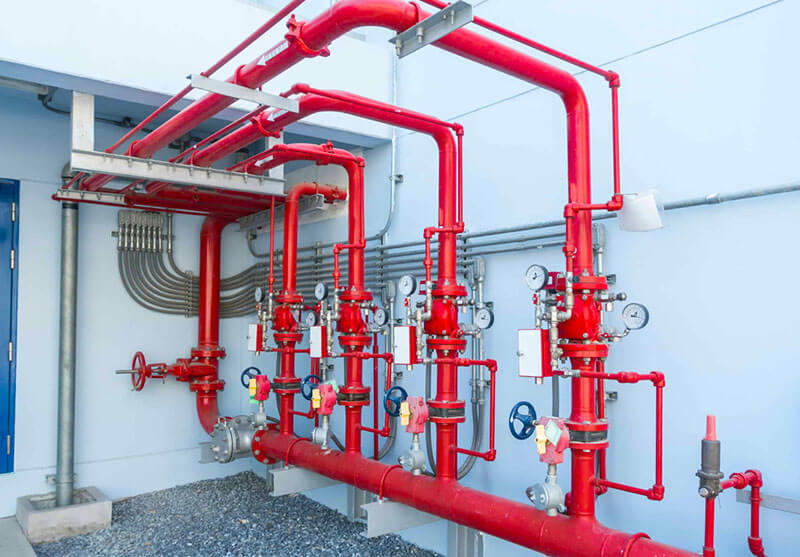How does remote diagnostics work?
Nowadays, fire safety management of buildings requires the use of modern technologies that allow for effective monitoring and rapid response in the event of a failure. Monitoring fire protection systems is an important element ensuring the effectiveness of preventive measures and the optimization of processes related to the maintenance of fire protection devices. In this article, we will present how remote diagnostics works, what benefits it brings to building administrators and what tools support automatic testing of fire protection systems.
Key Components of Fire Protection Monitoring Systems
Modern security systems are based on integrated platforms that allow for ongoing monitoring of important fire protection parameters. Sprinkler status sensors are one of the important elements that allow for the detection of potential problems such as blocked pipes, pressure drops or pipe corrosion. Regular monitoring of these parameters helps avoid failures and minimize the risk of fire.
Modern monitoring systems are based on IoT (Internet of Things) technology, which enables ongoing data transmission to central building management systems. Automatic fire safety tests allow for cyclical verification of the installation’s efficiency without the need for human intervention. In this way, administrators can focus on strategic aspects of property management instead of performing routine manual checks.
The basic physical element of any fire protection system is fire protection pipes, which must be regularly inspected for leaks, deposits and possible mechanical damage. The introduction of advanced remote monitoring methods allows for the early detection of problems and reduction of costs associated with repairing failures.

Fault Detection and Failure Prediction Based on Data Analysis
Increasingly frequently used tools enabling analysis of fire protection data allow for ongoing monitoring of system operating parameters and prediction of possible failures. Advanced algorithms analyze historical operating data, detect irregularities and suggest necessary preventive actions. Such solutions enable optimization of maintenance costs and ensure a higher level of safety.
The implementation of big data and artificial intelligence technologies allows for the prediction of failures based on the behavioral patterns of systems. Thanks to this, building administrators can make informed decisions about the need for modernization or replacement of individual components. These solutions are especially important in the case of large-area facilities, where effective fire protection management is crucial.
Commercially available sprinkler systems are one of the basic elements of fire protection systems in commercial and industrial facilities. Their proper functioning depends on regular monitoring and analysis of data from the monitoring system. Thanks to the use of remote diagnostics solutions, it is possible to quickly detect deviations from the norm and take immediate corrective actions.
Automatic monitoring of fire protection systems is a solution that significantly improves the effectiveness of building safety management. Sprinkler status sensors are the foundation of modern fire protection installations, allowing for quick fault detection and effective risk management. Implementation of these technologies translates into a higher level of safety and optimization of operating costs.
